Is it just me, or do you also sometimes wonder what you would do if (obviously, hopefully it won’t happen) your car fell into water? I know that many people are terrified of driving over bridges or through roads where your car could end up in the water with one wrong move. And the horrifying news about the Baltimore Key Bridge collapse definitely didn’t make us feel safer.
Luckily, this emergency room doctor recently shared her video explaining 4 main steps to follow that will make a difference in your and your family’s survival rate if your car falls into water.
More info: TikTok
Emergency situations may happen to anyone, thus it’s always important to know what steps to follow
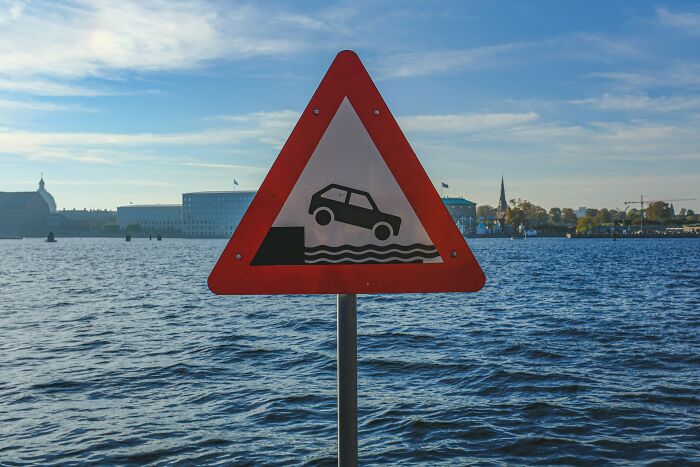
ER doctor goes viral after sharing the most important steps to follow in case of vehicle submersion, people online are thanking her

“If your car falls into water, you have approximately one minute to get out safely”
“Here are the four steps that will make the difference in survival for you and your family. Dr. Darria here, board-certified ER doctor and when I take care of patients who survived vehicle submersions, it is because they knew what to do and did it immediately before they even had time for panic to set in. I want you to be able to do the same.”
When a car hits the water, it’s kind of like a leaky boat, it has about a minute as it starts to sink. Most cars tip forward, meaning that the second row windows stay above the water longer. That’s especially important if you have children in the car.”
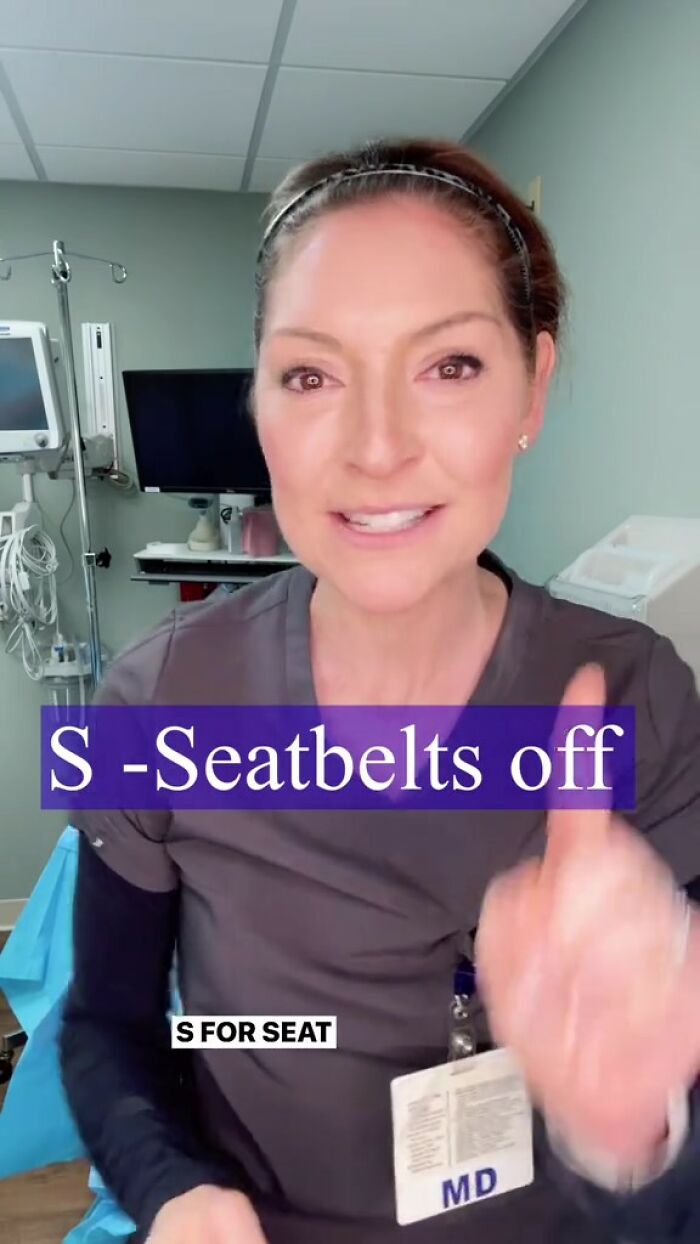
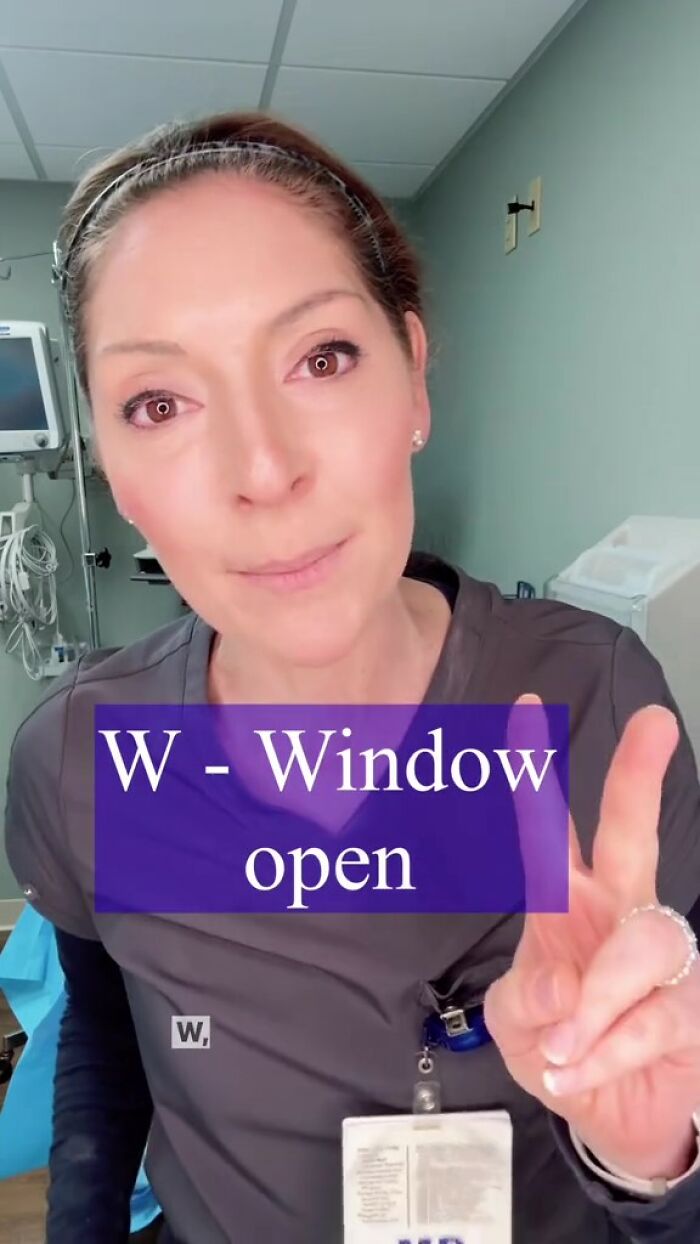
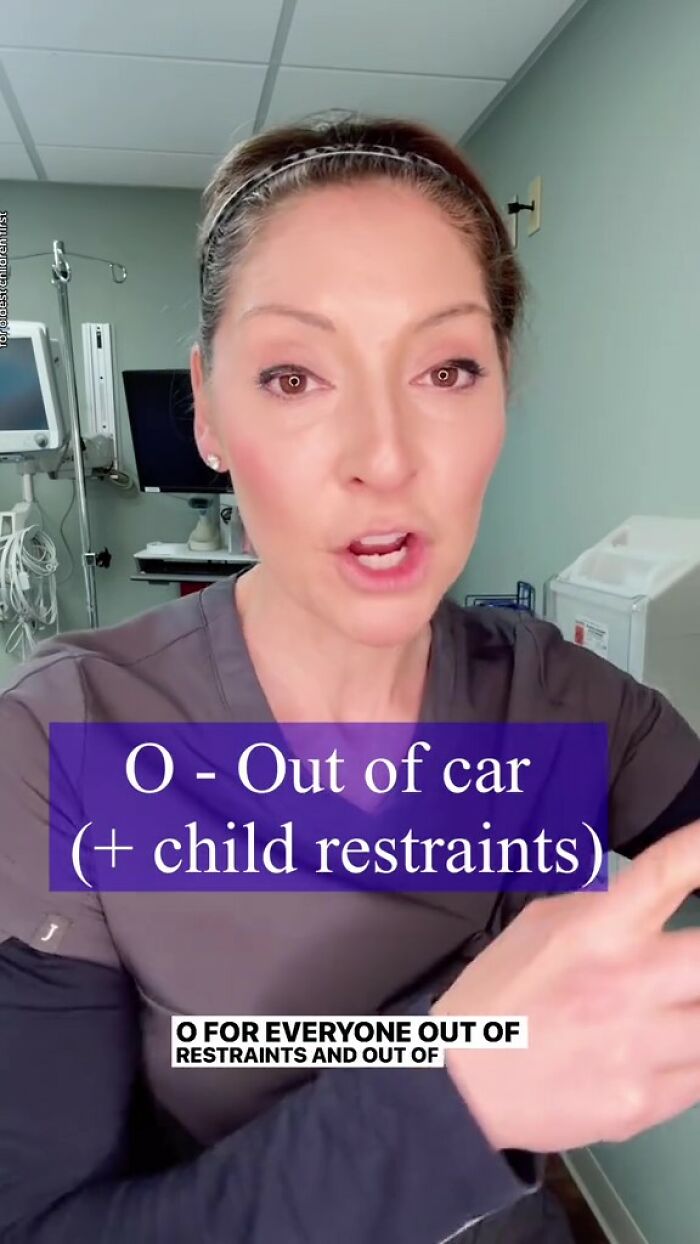
“The four steps to remember are SWOC. Burn SWOC into your brain in the hopes that you will never need to use it”
“S – for seatbelts. Get everybody’s seat belts off.
W – immediately open the window you’re going to be using to exit. If you have kids in the car, you’ll probably want to use that second row window to buy you more time and because your kids are in the second row.
O – for everyone out of restraints and out of the car.
C – for oldest children first, taking that youngest one with you.
Burn SWOC into your brain, share this with every mama who needs to hear it and follow along to help you know how to prevent and react to life’s emergencies both big and small.”

You can find the full video here
@therealdrdarria If you’ve ever driven over a bridge or past water and thought “what would i do if my car fell in”, then this post is for you. As an ER doctor, it’s my JOB to think of emergencies and how I’d respond – and my mission to help you do the same. Once your car hits the water, you have approximately ONE minute to get out. So, I talked with one of the leading experts in car submersion events, Gordon Giesbrecht (IG professorpopsicle), to find out EXACTLY what to do, to help save you and your family. “WHEN passengers had an appropriate response planned, exit could be accomplished quickly” Watch the video for the 4 steps. Plus,some myth-busting 1. Do NOT rely on glass-breakers. It takes precious time to FIND your glass-breaker, ANDd (2) many modern cars have side windows made with laminated glass (just like the windshield), and glass-breakers will NOT break that. 2. Electrical windows WILL open. The issue isn’t the electricity – it’s pressure. You just need to open the window before the water has reached ⅓ – ½ of the way up (ideally before the water has even risen to the window level). 3. Some popular guidance says to “wait until the car has flooded with water, then open the door”. Do NOT do this, unless as last resort. 4. Go out the window – don’t try to open the door. The water pressure could make it slam back on you, AND this makes the car fill with water MUCH faster. 5. DO NOT DELAY. Do not do ANYTHING else first but SWOC. 6. Why the oldest child first? Let out the ones who need the least help first, so you can have both arms on the youngest. 7. Never get out of the car before your child – if the car suddenly fills with water and you’re out of it, you’d have a very difficult time getting back to it. But if you’re both inside and you’re holding the child, you can still swim out. Repeat SWOC to yourself. Burn it on your brain, in hopes you’ll NEVER EVER need it, and share it with other mamas out there. Video credit of sinking car: Gordon Giesbrecht #carsafety #emergency #emergencypreparedness #emergencymedicine #doctor #erdoctor #doctorsoftiktok ♬ original sound – TheRealDrDarria
The creator of this video is Dr. Darria Long, MD MBA, Yale and Harvard-trained emergency doctor, better known on TikTok under the nickname @therealdrdarria. She actively shares with her over 50K followers various health, parenting and emergency tips. The video of her sharing tips for surviving if your car falls into water received a lot of attention and got 13.5M views.
Additionally, under the video, Dr. Darria pointed out a few myths. “Electrical windows WILL open. The issue isn’t the electricity – it’s pressure,” she wrote. She also pointed out that you must get out the window and not try opening doors, don’t do anything else first but SWOC and never get out of the car before your child!
People online shared their thoughts: “At this point in my life I would just lay the seat back and close my eyes,” one user joked. “That’s why I drive with the windows down when I cross a bridge over water. I always have that fear,” another one added. “Interesting that I see this on my FYP after the bridge collapse from the boat hitting it.”
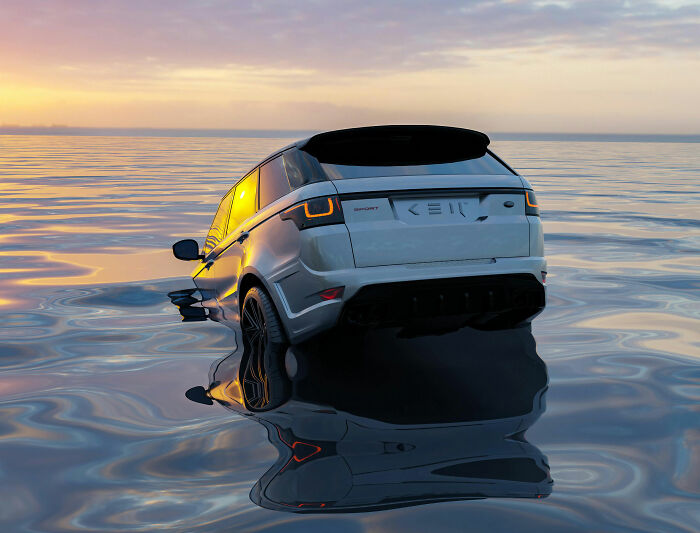
“High-stress situations often happen quickly, leaving little time for reaction. Stress and panic will trigger the body’s fight or flight response, leading to a rapid heart rate, elevated blood pressure, and hyperventilation,” shared Kevin McFarlane, RN, CEN, FAEN, host of Art of Emergency Nursing Podcast and the How Not to Kill Your Patient Podcast, with Bored Panda. “This we may not be able to control.”
He added that unfortunately, these responses can all be counterproductive in an emergency like vehicle submersion. “The ability to stay calm in the face of a crisis can mean the difference between life and death. Maintaining composure allows individuals to quickly assess the situation, understanding the severity, and identifying potential solutions to the critical problem.”
We asked Kevin to share things that people can do to ensure they and their loved ones are prepared for emergencies on the road – “The first and most critical is to always be alert for possible emergencies.” He noted that discussing possible emergencies and planning how you would handle that emergency is a great start to surviving.
Kevin emphasized that a simple first aid kit is a must-have for every vehicle as most of them contain simple but critical tools like dressings, tape, and gloves. “These kits can come in the clutch in an emergency.”
He also noted that the last thing is to run through scenarios in your mind. “This sounds crazy, but mentally running through worst-case scenarios is a great way to rehearse your actions and prepare for what might be needed. Practice makes perfect, even if it is made up.” And finally – everyone should take a basic first aid and CPR course.
Now, I think many of us can agree that staying calm during an emergency is incredibly hard, so we asked Kevin to share some advice on how we can more easily do it – “The first step to regaining control in an emergency situation is to start by taking a big deep breath. Controlling your breathing helps slow down the heart, and that, in turn, can lessen anxiety.”
“The next step is to focus on the things you can control. This helps reduce the feelings of helplessness and will help you start to think clearer in an emergency,” he explained. “Oftentimes in the emergency department, we instruct the family member to remain calm and try to calm their family members. This gives them something to focus on other than the loss of control at that moment.”
So, guys, don’t forget to check out the Host of Art of Emergency Nursing Podcast and the How Not to Kill Your Patient Podcasts and remember Dr. Darria’s SWOC instructions and Kevin McFarlane’s tips!
People online shared their thoughts about these situations and things that they usually do when driving over any bridge






















